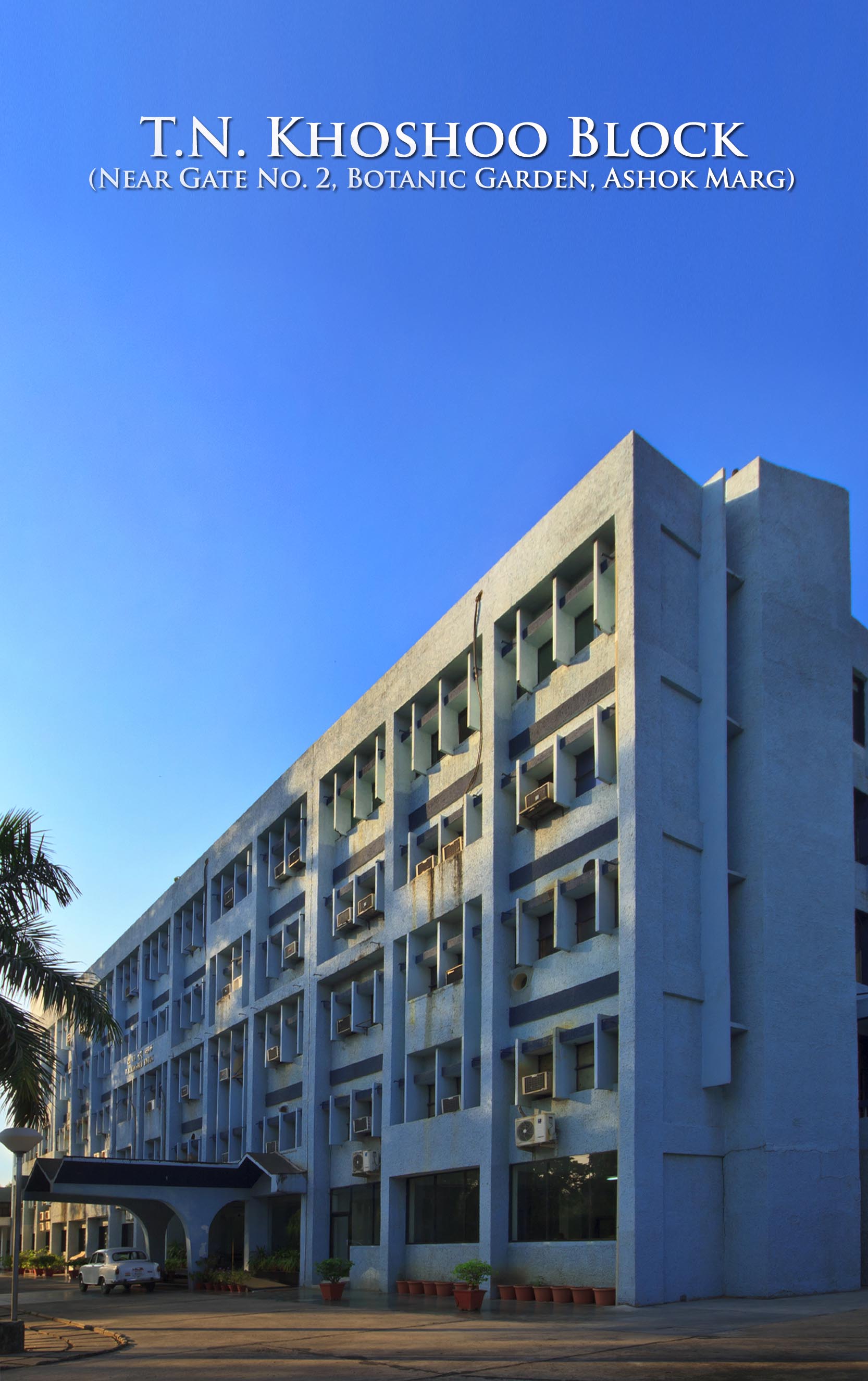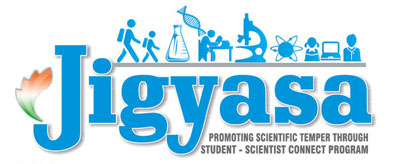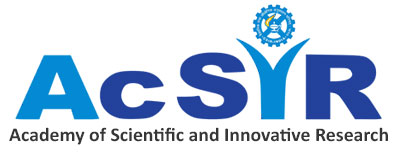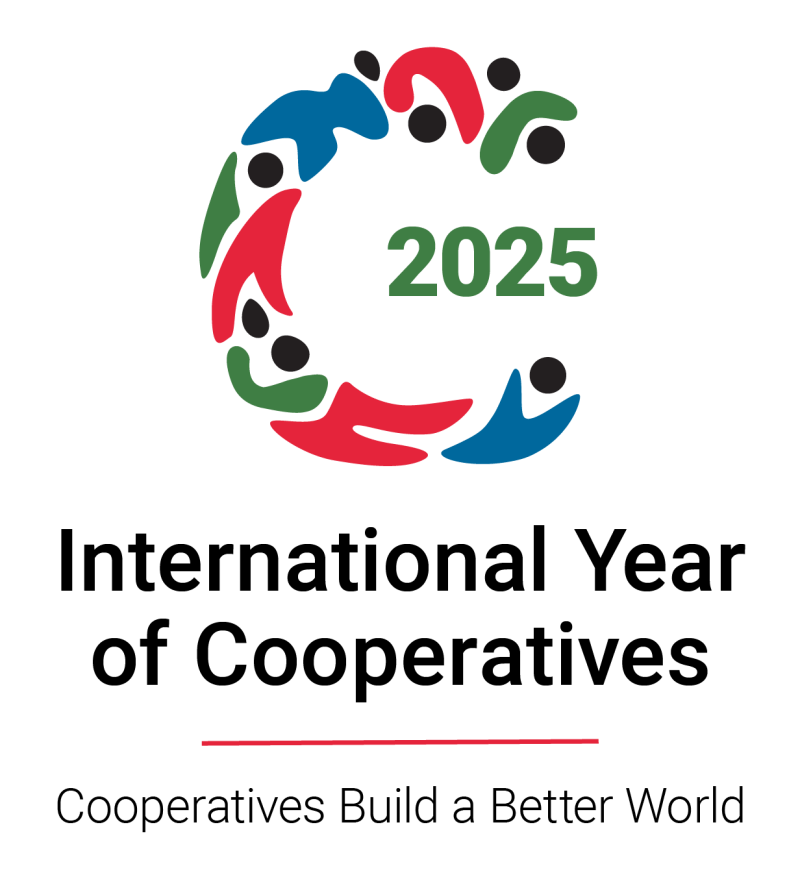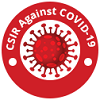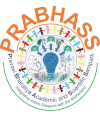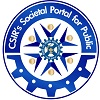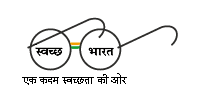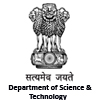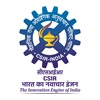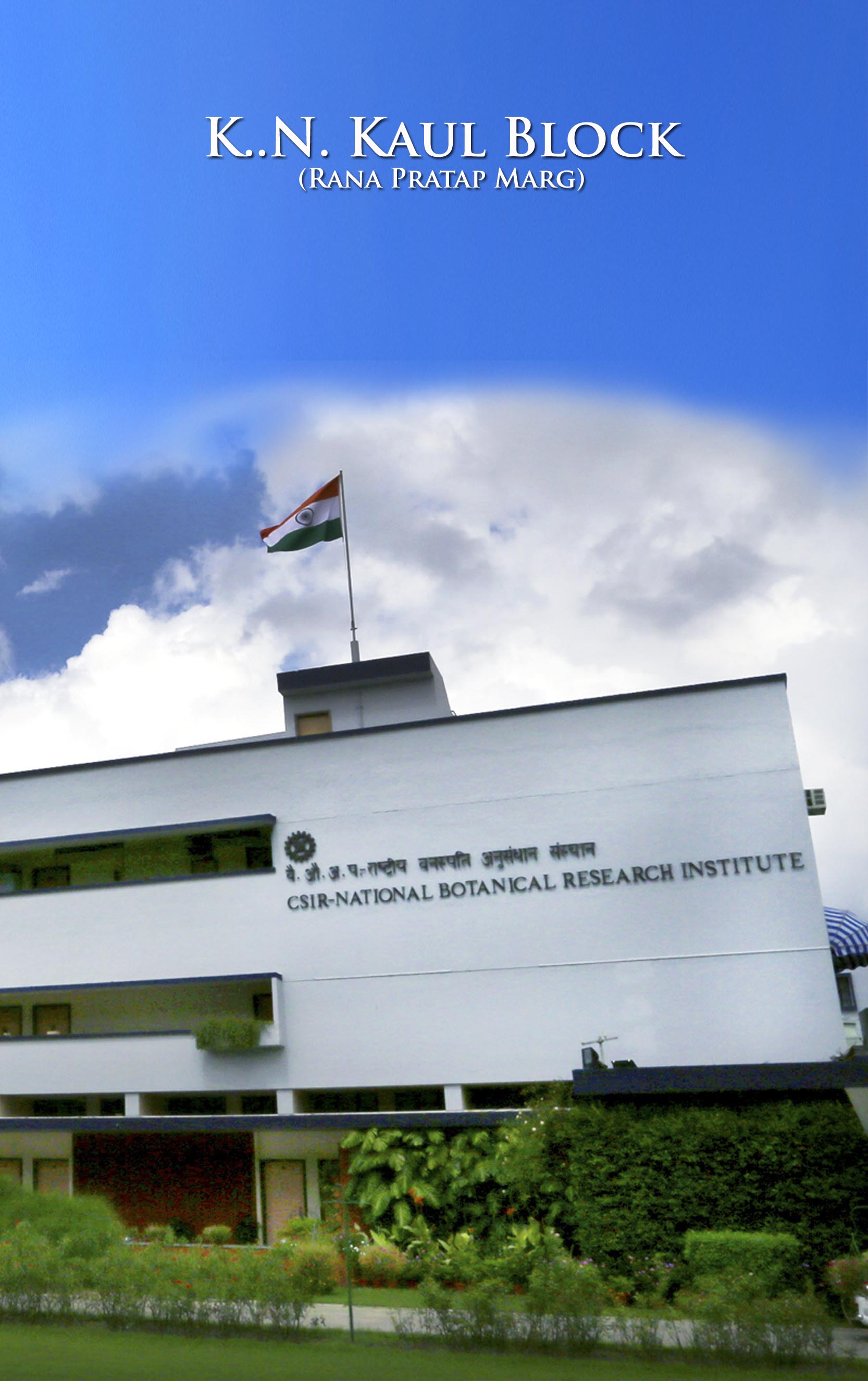

Dr. Aradhana Misra
Senior Principal Scientist
Research Interests
Dr. Aradhana Mishra holds a PhD in Biosciences in 2007 from Rani Durgavati University, Jabalpur, India. Dr. Mishra joined CSIR-National Botanical Research Institute, Lucknow, India, as a senior scientist on January, 2013 at Division of Microbial Technology. Her research work focusedon bioinspirednano-materials synthesis and plant-microbe interaction during abiotic and biotic stresses.She has been awarded for Women Scientist fellowship award, by DST, Govt. of India in 2007 and 2011. Several major research projects have been completed by her. So far, Dr. Mishra has more than 46 publications in peer-reviewed SCI journals, seven book chapters and four patents have been granted. She is also editor in reputed journals PlOS Oneand Genetics and Molecular Biology Research. In November 2019, she was honoured with prestigious Women Scientist Award 2018 by The Biotech Research Society, India.
Dr. Aradhana Misra
Principal Scientist
Research Summary
Plant microbe interactions
Dr. Aradhana Mishra constructed a novel Trichodermafusantinvolved in nutritional value enhancement for agricultural purposes. The work was expanded by exploring Trichoderma spp. to ameliorate abiotic and biotic stresses in plants. For biotic stress amelioration, microbe (Trichoderma spp. and Bacillus spp.) based bio-formulations have been developed against various phytopathogens which causes severe yield loss in commercial and medicinally valuable plants. A large part of her recent research is on bio-formulation development for targeted disease management of the Fusarium wilt of tomato by the application of endophytic bacterium.
Apart from this, her group is also involved in the evaluation of efficacy of microbes for abiotic and biotic stresses amelioration like high CO2 condition and plant pathogen infections. The research includes exploring potent microbes (Trichoderma spp.) for mitigation of adverse effects of elevated CO2 condition on the crops especially in rice at FACE (Free Air Concentration Enrichment) setup available at CSIR-NBRI.
Green nanotechnology
She started her research work in nanotechnology by promoting green synthesis of metal nanoparticles by using Trichoderma spp. Her work is known for the rapid synthesis of gold and silver nanoparticles by using extracellular metabolites of Trichodermaspp. to enhance catalytic and antimicrobial activity. Remarkable job has been done by her in the application of biogenic Silver Nanoparticles (Ag-NP) having bactericidal activity against MDR bacteria.These bio-inspired nanoparticles were found to have higher efficacy than their chemical counterparts.
Currently, Dr. Mishra has led to product development by herbal lipid based nanoemulsion that hasstrong antimicrobial activity against phytoas well as dermal pathogens. Conclusively, her research interest istargeted and sustainable use of microbes for the betterment of society by addressing the exiting core problems.
